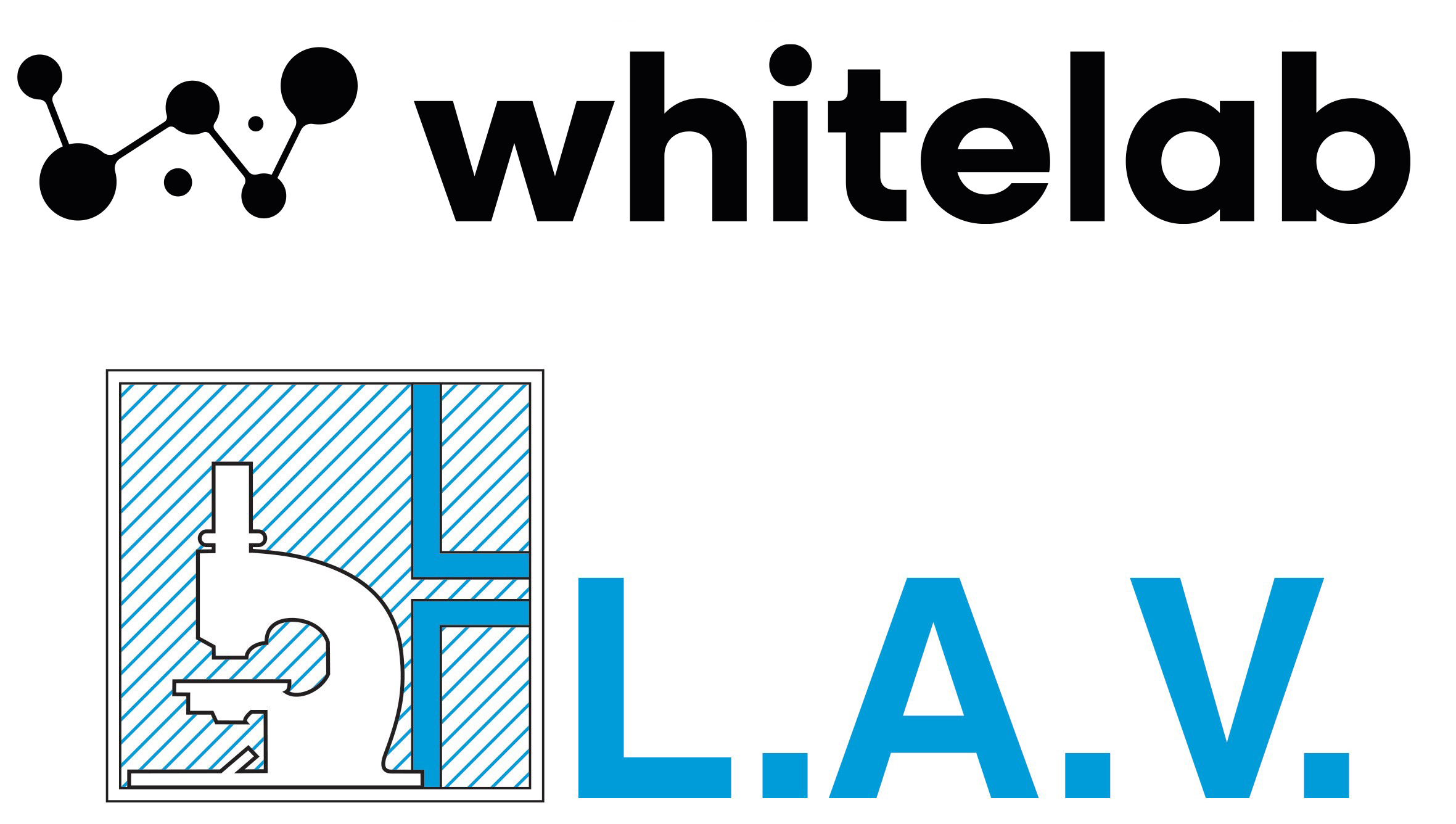WASTE
Classificazione dei Rifiuti
The classification of a waste is an indispensable and fundamental step, the effects affect all the subsequent phases of waste management (including the administrative requirements that must be performed in terms of accounting and traceability of waste).
Characterisation
Waste must be characterised in order to classify it. This means determining its characteristics through laboratory testing and the collection of all information regarding the process that generates it, the raw materials used and/or the substances that it has come into contact with, and also the relative safety sheets.
- Hydrocarbons
- Metals
- Solvents
- Perfluorooctanesulfonic acid (PFOS)
- Polycyclic Aromatic Hydrocarbons (PAHs)
- Heating Value (LHV and HHV)
- Dioxins
- Persistent Organic Pollutants (POPS)
- Asbestos
- Polychlorinated Biphenyls (PCB)
Final Destination
Characterising waste is not only essential for categorising and identifying the correct waste management, but also to allocate any dangerous characteristics in the case of hazardous waste and to check the suitability of the final disposal or recovery plant, as set out in Ministerial Decree 5/2/98 as amended and in Legislative Decree 121/2020.
- Leaching Test for Environmental Recovery (Min. Decree 5/2/98)
- Leaching Test for acceptance to landfill (Leg. Decree 121/2020)
Classification
Once the waste has been characterised, it is classified based on the criteria set out in:
- Regulation EU 1357/2014 (which includes the list of characteristics that makes waste hazardous)
- Decision 995/2014 (containing the list of waste)
- Regulation EU 1272/2008 as amended (which contains the classification and labelling of substances and mixtures).
